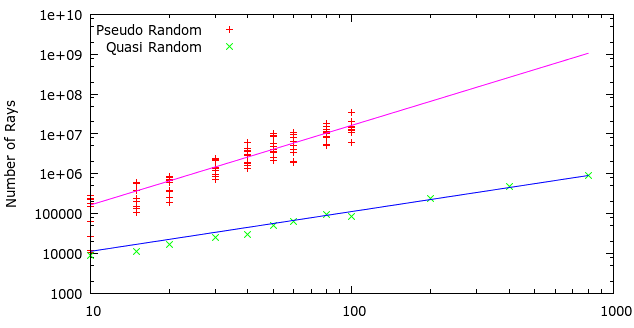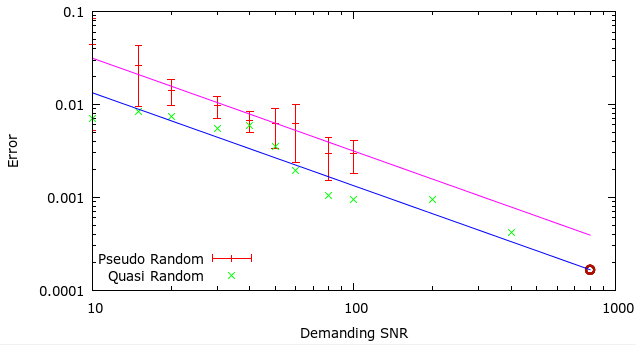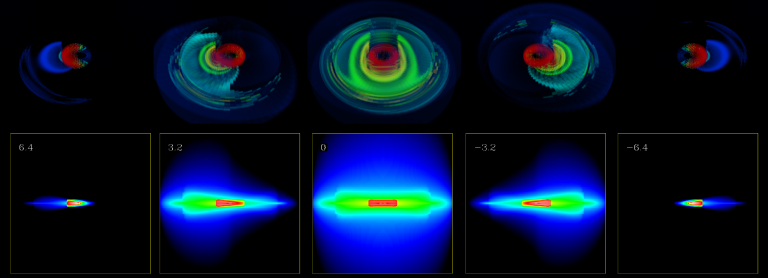SPARX accommodates to different coordinate systems and has the integrated preprocessor
SPARX can manipulate spherical 1D/2D/3D, cylindrical 2D/3D, Cartesian 3D system, and their nested gridding. The integrated preprocessor “presparx” utilizes python script to define the specification of the gridding and the physical profile (see the tutorial of presparx), you can set up a new model very quickly!

Optimized parallelization and Monte-Carlo algorithm
We redistribute and balance the parallelization of Accelerated Monte-Carlo (AMC, see the page of Numerics) and optimized the random number generator by adopting a rigid Quasi-random algorithm to make the solver further efficient and stable.


3D analyzing tool
To be better to visualize the simulated results in 3D, SPARX produces the molecular-line and continuum-radiative contribution function in VTK format. Contribution function is defined as the incremental/decremental radiation in either molecular line, or continuum, or both, contributed locally by the computational grid unit and its evaluation depends on observing angle and also the gas velocity if molecular line radiation is concerned. Such 3D visualization greatly facilitates our understanding and further interpretation of the emerging radiation from objects under evaluation, particularly those of complicated physical and/or chemical geometries and structures.
The bottom figure shows the 3D contribution function of the HCO+ J=2-1 molecular transition of the demonstration model with an edge-on observing angle. The five panels represents contribution function of the case at different observed frequencies, corresponding to different line-of-sight velocities ranging from -6.4 km/s to +6.4 km/s.

